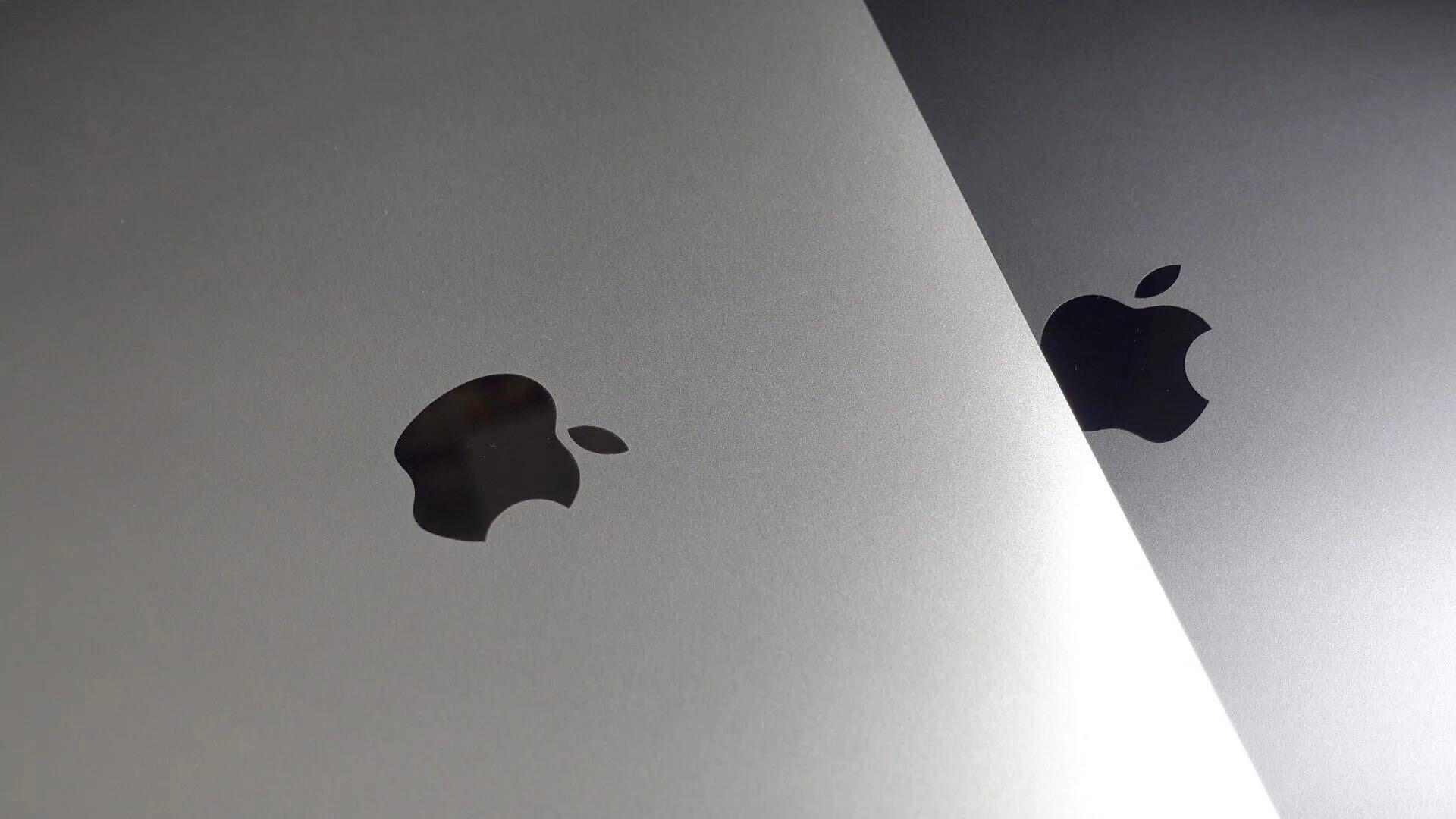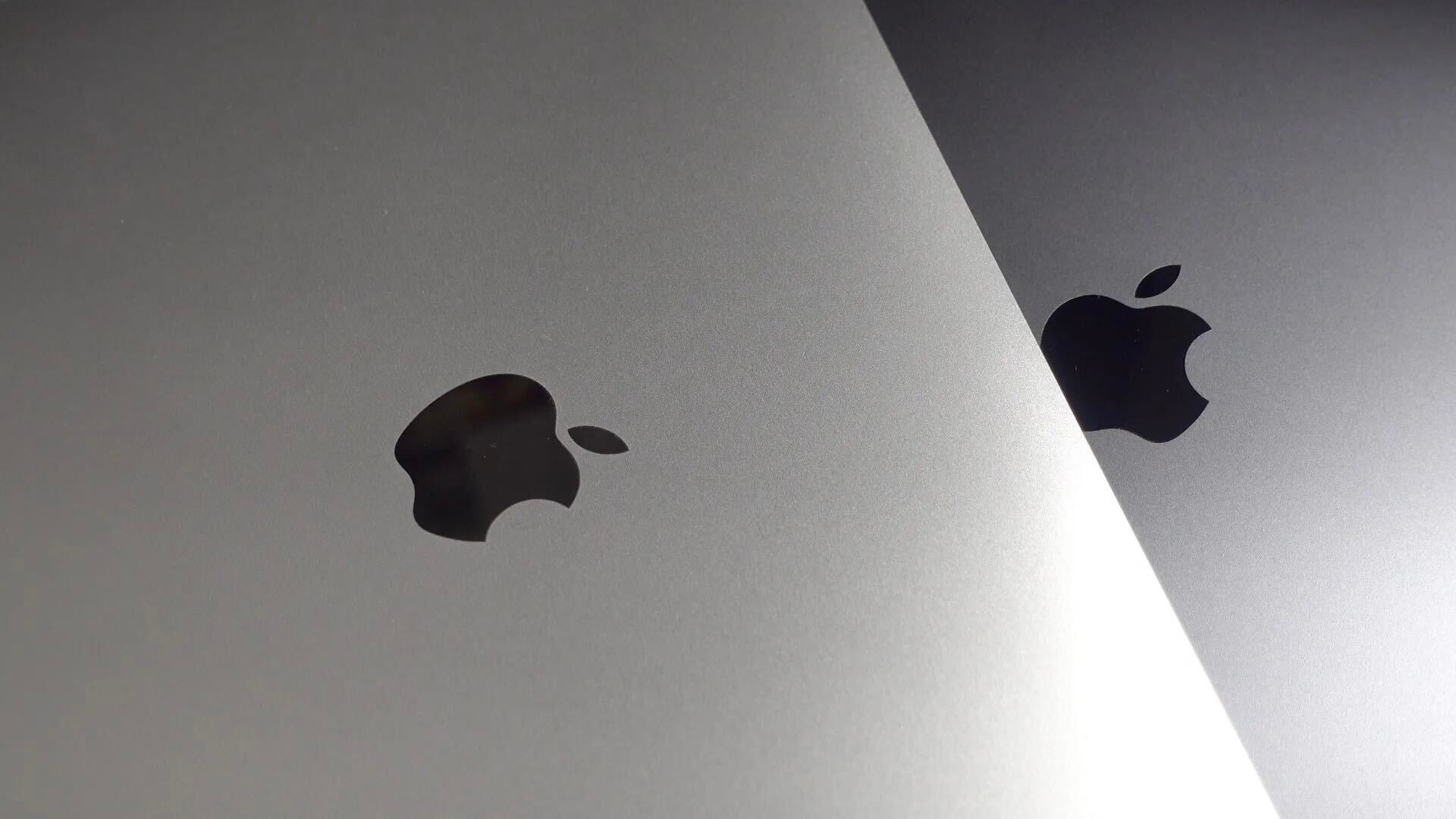

While two dozen battery cases have been released for the iPhone 6, only a handful have become available for the larger iPhone 6 Plus, which can run longer without assistance. But there are definitely situations where even the iPhone 6 Plus can benefit from extra battery life, including international travel and occasional emergencies. And that’s why Tylt has released the Energi Sliding Power Case for iPhone 6 Plus ($100). It’s a true rarity due to its Made for iPhone certification, some unique features, and much better performance for the same price as Mophie’s Juice Pack for iPhone 6 Plus.
In what may well be a first for iPhone battery cases, Energi is actually being offered in two different widths, one billed as “2.9-inch” and the other as “3.3-inch.” They’re both sold for the same $100 price, but the 2.9-inch version has a 3,200mAh battery and the 3.3-inch model has a 3,500mAh battery. Another surprise: the model I tested with the 3,500mAh battery unusually boasts 2.1-Amp power output, which means the iPhone 6 Plus will recharge at its top possible speed. There’s more, too…
|
Key Details:
|
 Not surprisingly, Energi for the iPhone 6 Plus is very similar to the iPhone 6 version of Energi I reviewed late last year. The package includes three parts: a semi-soft plastic case, a hard plastic battery sled with a Lightning connector at the bottom, and a micro-USB recharging cable. Once again, although Tylt doesn’t include a headphone port adapter in the package, a slip inside the box entitles you to get one for free if you give the company a phone call.
Not surprisingly, Energi for the iPhone 6 Plus is very similar to the iPhone 6 version of Energi I reviewed late last year. The package includes three parts: a semi-soft plastic case, a hard plastic battery sled with a Lightning connector at the bottom, and a micro-USB recharging cable. Once again, although Tylt doesn’t include a headphone port adapter in the package, a slip inside the box entitles you to get one for free if you give the company a phone call.

Used alone, Tylt’s simple case is somewhat like Incipio’s NGP cases, and a nicer overall component than what’s normally bundled with sliding battery packs. Most companies include simple, cheap iPhone shells that lack top and bottom protection. But Energi’s case fully protects all of the iPhone 6 Plus’s sides, apart from the expected port, speaker, and camera holes.

The case is a hard plastic frame coated in a thin, slightly pliable layer of rubber-like plastic. Unlike the iPhone 6 version, there’s no awkward transition between the case materials, and the protected buttons are clicky and responsive. As we said about the prior version, although the case wouldn’t be the first we’d pick to protect against edge drops, it’s good enough to use for most other purposes — markedly better in looks, feel, and protection than a basic shell, with a front lip that recesses the iPhone 6 Plus’s screen.

Just as was the case with the iPhone 6 model, there are pluses and minuses once the base Energi case integrates into the battery sled. As you can see in these photos, the case’s side buttons become slightly recessed below the sled’s hard plastic lip, reducing button access and tactility. If you don’t fidget with the volume or sleep/wake controls much, this won’t be an issue for you, but the very best battery cases we’ve tested provide unimpeded button access. However, Tylt’s integration of its power button and remaining power button directly behind a recessed strip of four white LEDs is both efficient and easy to use; the button is hard to accidentally trigger and does exactly what’s needed for both functions.

One big positive surprise with Energi is how comparable it is in size to Mophie’s Juice Pack for iPhone 6 Plus. Despite having two cases to manage instead of one, the fully-assembled Energi is actually a few millimeters shorter than the Juice Pack, only a millimeter thicker, and a few millimeters wider. I wouldn’t have guessed that they were so close to one another before doing a direct comparison, primarily because Energi is a little heavier. But that’s offset by its ability to detach and become lighter and smaller in all dimensions when the battery sled isn’t in use.

If I had to guess why Tylt is offering both 3,200mAh and 3,500mAh versions of Energi for the iPhone 6 Plus, I’d assume that the 3,200mAh model was a little underpowered given the power demands of the larger iPhone. Tylt promises that the 3,500mAh cell inside the iPhone 6 Plus model “doubles your battery capacity,” but in my testing, the iPhone 6 Plus only went from dead to 90%. Still, this is the best performance I’ve seen from an iPhone 6 Plus battery case, and a little better than what I’d expected given tests of its competitors. Mophie’s Juice Pack delivered only a 70% charge for the same price, and MOTA’s less expensive, unlicensed Battery Case hit only 86% despite using a larger 4,000mAh cell. It’s also worth noting that Energi delivered its 90% recharge in 1 hour and 29 minutes, which is very quick by battery case standards.

If you’ve been waiting for a relatively powerful and versatile iPhone 6 Plus battery case, the Energi Sliding Power Case is a good option: between its longer run time and ability to separate into two parts, Energi provides users with the convenience of extra power when needed and lighter-weight protection the rest of the time. Even when it’s fully assembled, it’s not too difficult to carry around. While MOTA’s Battery Case remains a less expensive option, Energi now delivers the best overall experience if you’re willing to pay a bit more.
| Manufacturer: Tylt |
Price: $100 |
Compatibility: iPhone 6 Plus |
|---|

Tylt has been making flat-cabled charging accessories for longer than any other major company I can recall, and first showed a version of its car charger RIBBN ($50) as “The Band” back in early 2012. Boxy rather than rounded on the car charging side, The Band originally debuted for $40 with 2.1-Amp output power — still enough for any iPhone, and most iPads — and a two-foot. non-detachable cable that had a very chunky Apple connector at the end. RIBBN is the same basic accessory, but with twin 2.4-Amp outputs; one is permanently attached to a flat, fairly wide Lightning cable, which is now three feet long and very case compatible, while the other is a USB port that works with a self-supplied second cable. Blue, green, red, or black versions are available.
There aren’t many twin 2.4-Amp car chargers out there, but then, there aren’t many Apple devices demanding that much power at this point. The iPad 3 and iPad 4 were the only models that benefitted from 2.4-Amp power during normal recharging, as iPad minis and iPad Airs see no real improvement versus 2.1-Amp chargers. In my testing with current-generation iPhones and iPads, RIBBN worked exactly as expected — and just like earlier dual 2.1-Amp solutions. But if you want something with the extra output for older devices, the Apple-certified RIBBN effectively gives it to you in a unique-looking package with tangle-free cabling. You’ll pay a $10 premium over the best high-quality 2.1-Amp car chargers I’ve tested, but if the rubbery, boxy design speaks to your personal design sensibilities, consider it.
| Manufacturer: Tylt |
Price $50 |
Compatibility All iPads, iPhones, USB iPods |
|---|
FTC: We use income earning auto affiliate links. More.




“but in my testing, the iPhone 6 Plus only went from dead to 90%. Still, this is the best performance I’ve seen from an iPhone 6 Plus battery case, and a little better than what I’d expected given tests of its competitors.”
You haven’t tested the Nexcon battery then. It gives me a 97% charge from 1%.
I have a car charger for triple port,two 2.1A ports and one 1A port. I had no trouble charging an iPhone and an iPad Air simultaneously. Also very large side studs and the slightly oversize contact terminal.
You may find here:http://www.amazon.es/gp/product/B00RVEHNDU
The charger that comes with the SoundBot SB360 Bluetooth car adapter is very good. You can buy it alone from SoundBot’s website and it has 2.4/2.4/2.1 A and is $6 w/free shipping. Charges my iPhone so fast.